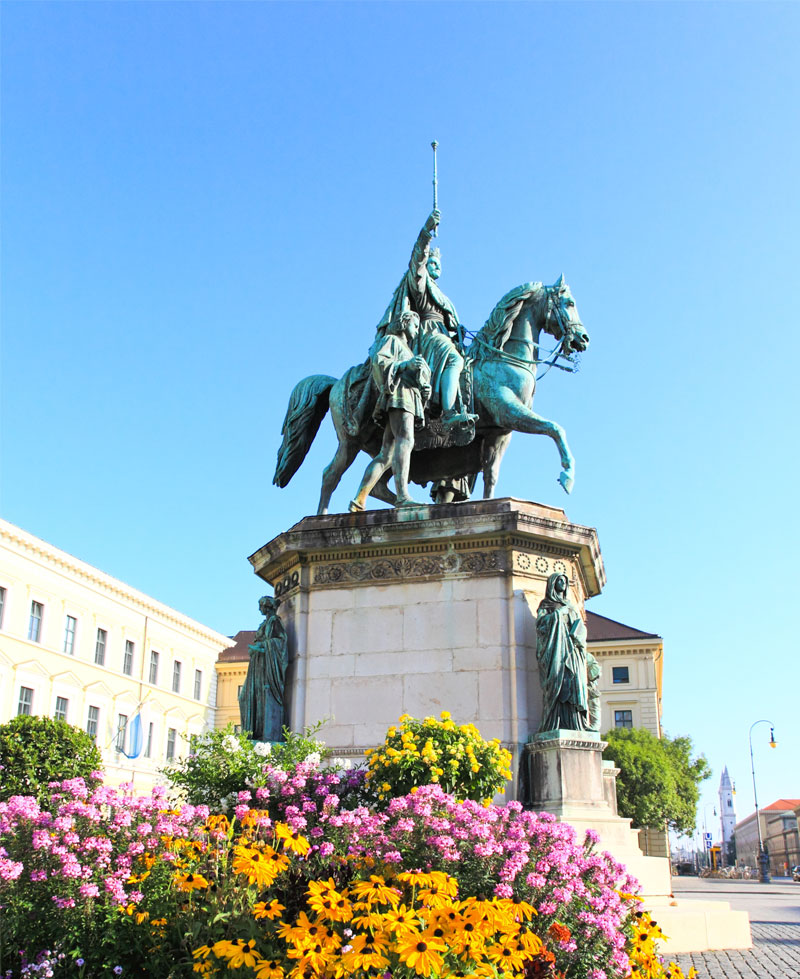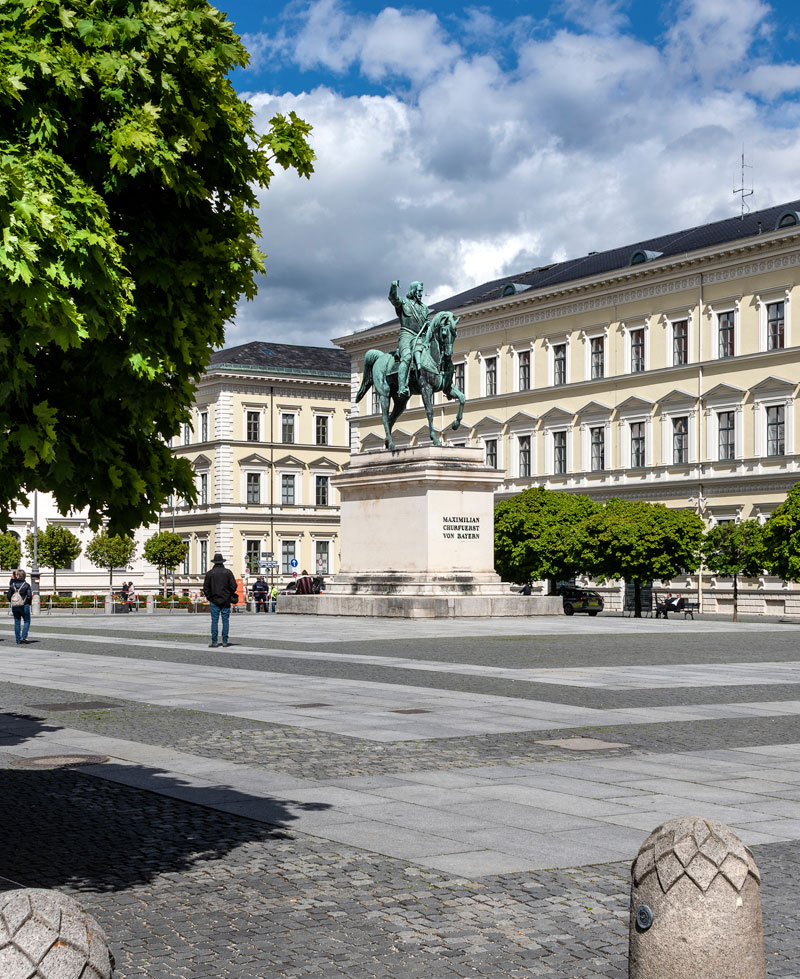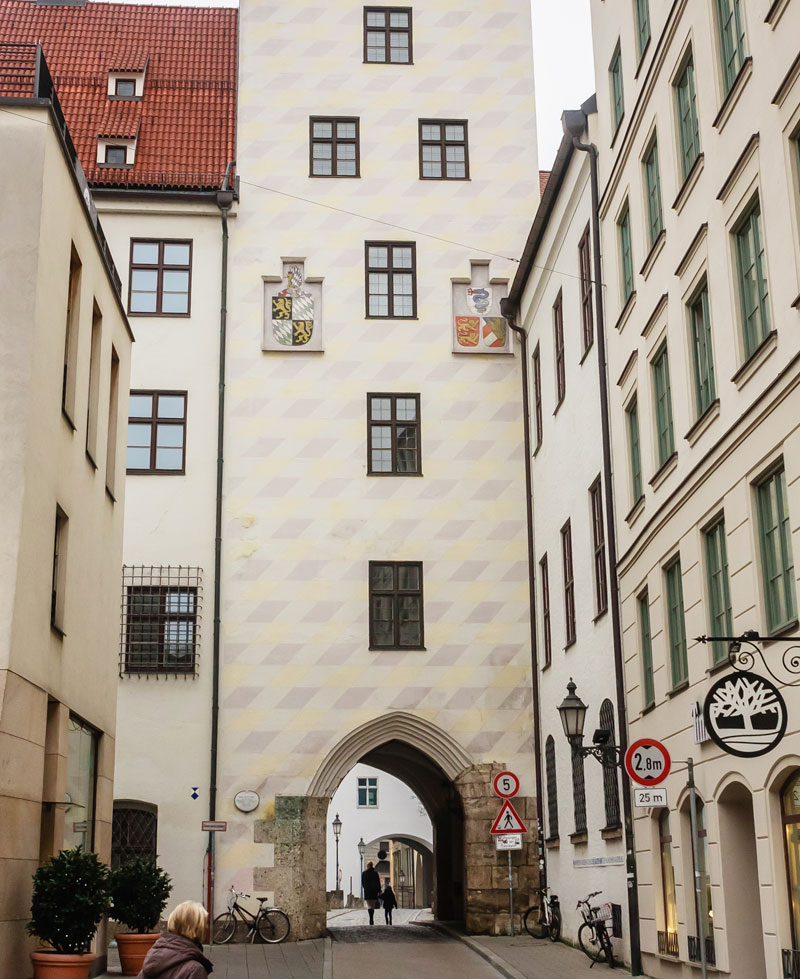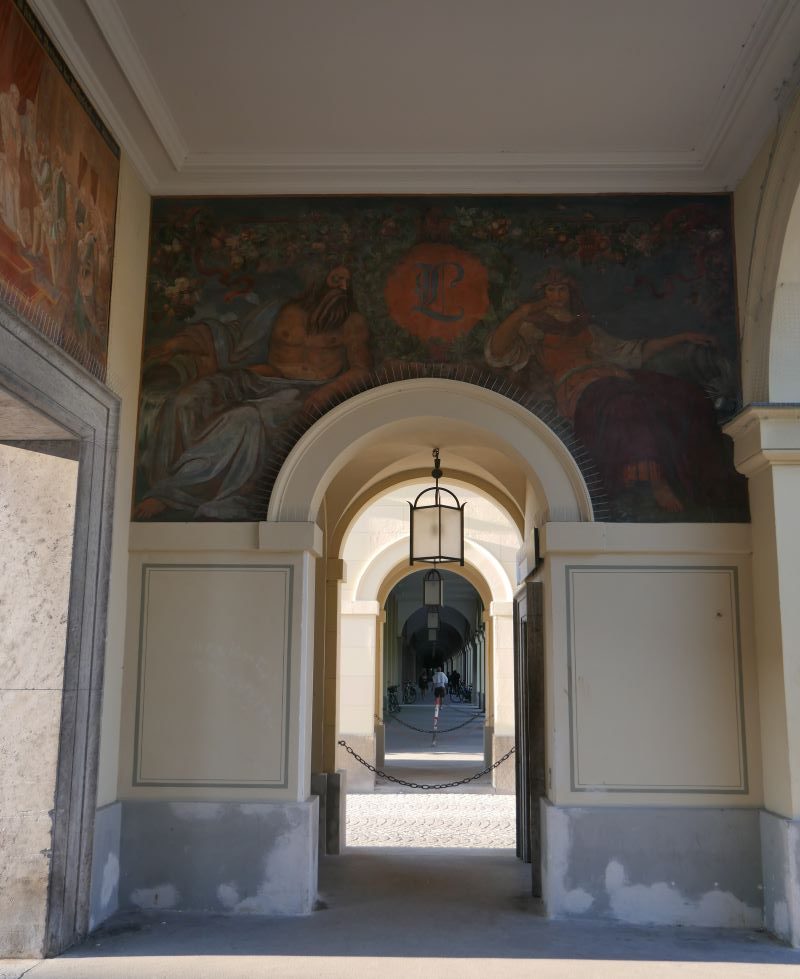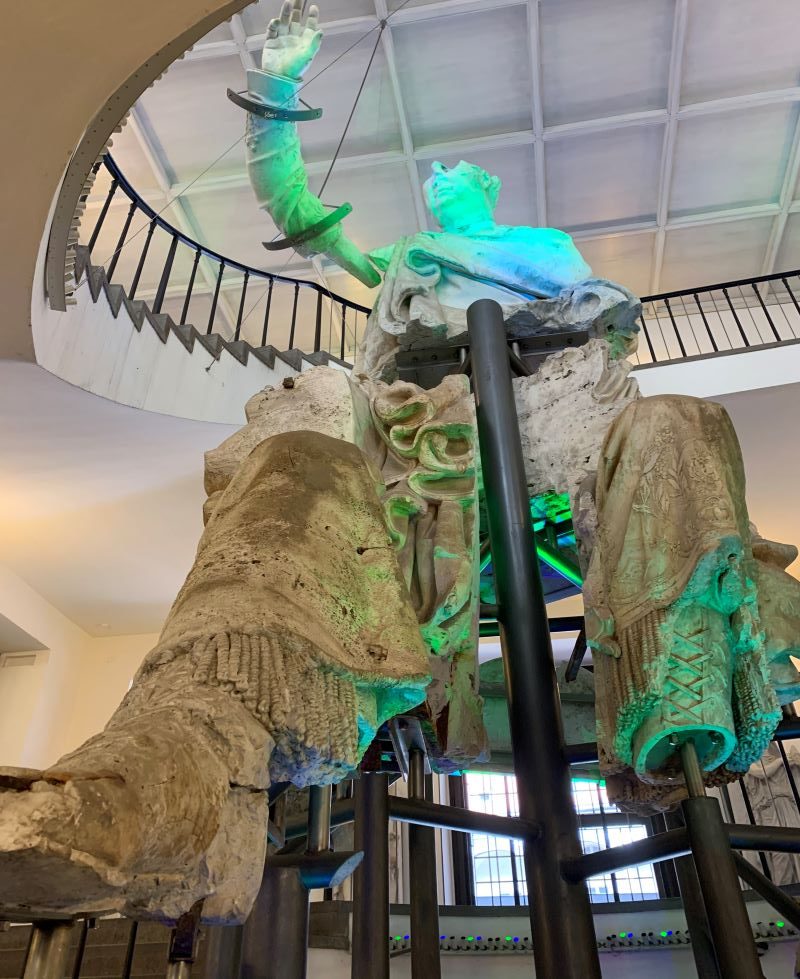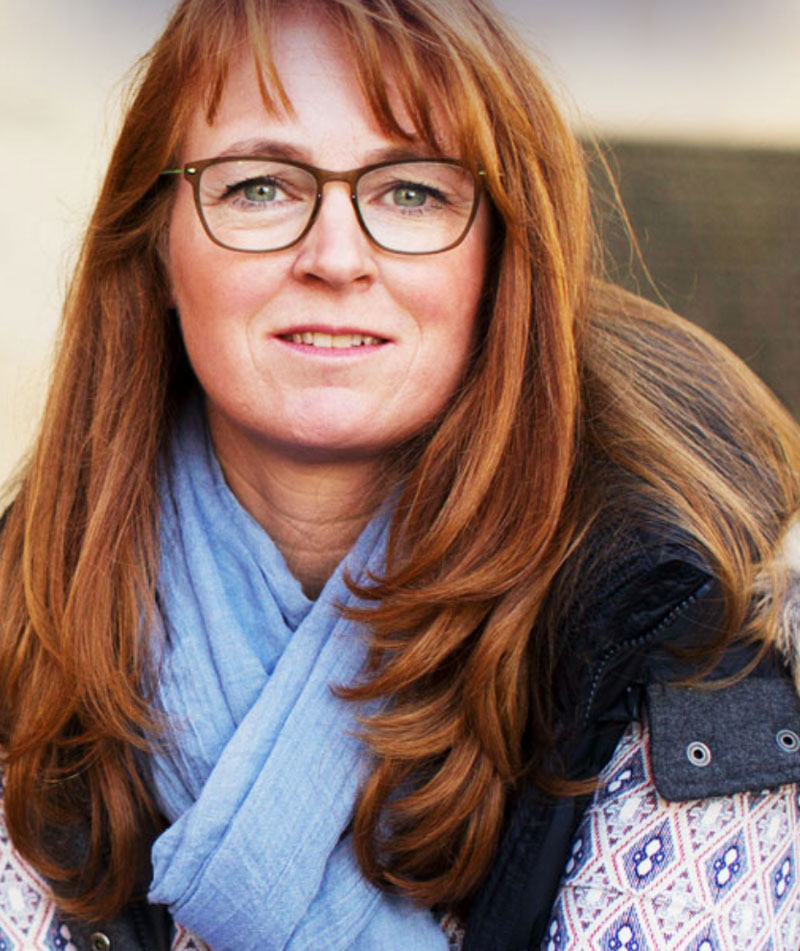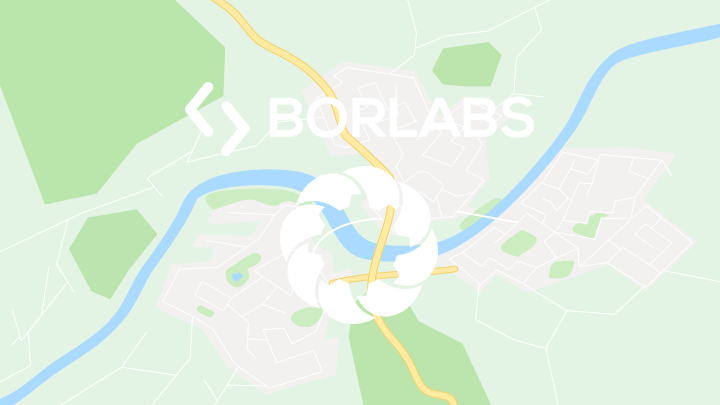A majestic journey through the ages
Munich – Residence of the Wittelsbachs
| Admire the architectural legacy of the Wittelsbach dynasty throughout the centuries. A diverse mix of Gothic, Renaissance, Baroque, and Neoclassical styles. | |
 |
Stroll with me through Munich's old town, because especially around the Residenz we will be very close to the Bavarian rulers! |
| Immerse yourself in the worlds of different centuries. What social circumstances, political constellations, and international influences shaped the rulers, and above all, how did this manifest itself in their architectural legacies? |
Impressions
Description:
Since 1180, the noble Wittelsbach dynasty has dominated Bavaria's history, and with its decision to choose Munich as its royal seat, it has shaped its appearance throughout the centuries. Whether medieval dukes, baroque electors, or enlightened kings, they all left their architectural mark on their city—always in tune with the pulse of their times, of course! On this tour, we'll not only marvel at fantastic Gothic, Renaissance, Baroque, and Neoclassical buildings, but we'll also get to know the most important rulers and their families (almost) personally. Of course, the odd scandal is inevitable! Read more
The first Wittelsbach duke to the throne in Bavaria was named Otto, but the hit rate is still quite high if you answer the question "What was the name of the Bavarian ruler?" in Munich with Max or Ludwig! In fact, over 700 years ago, a Ludwig with the dubious nickname "the Strict" laid the foundation for what would later become the royal seat of Munich when he had a medieval fortress built here. Today, this fortress is known as the "Alter Hof" (Old Court) and as the annual backdrop for the Franconian Wine Festival—or as the Imperial Castle, because it was here that Ludwig "the Bavarian" ruled in the first half of the 14th century. As emperor, he placed our city at the center of the Holy Roman Empire of the German Nation.
In the 14th century, the ruling family was forced to move to the so-called Neuveste, which is considered the initial building for today's residence. A conglomerate of diverse architectural styles, which can be admired from the outside in the quiet courtyards, it bears witness to the different eras that shaped the Wittelsbach reign.
At the end of the Renaissance in the 16th century, staunch dukes defended the Catholic faith and thus elevated their land to the status of an electorate. The following generations lived in Baroque splendor, and at the height of absolutism, the Bavarian Elector Karl Albrecht learned that pride comes before a fall, even for the Wittelsbachs! The Enlightenment and the French Revolution led to the opening of the Court Garden, which offers us particularly beautiful views of the palace.
Then, in 1806, the big bombshell: Bavaria was elevated to a kingdom by Napoleon's grace and acquired its present size. Naturally, a monarch wouldn't hold back, building grandiose theaters and pompous boulevards, or sprucing up the Residenz palace with neoclassical facades. If dreams soar even higher, like those of the legendary King Ludwig II, they'd happily treat themselves to a palm-covered winter garden on the roof of the palace—but where is that today?
Perhaps Prince Regent Luitpold, who assumed the reign after the fairytale king's death to shape the "good old days" in Munich, had something to do with it? Of course, only handpicked businessmen can guarantee appropriate quality in cuisine and furnishings, which is why they wanted to rely solely on the Royal Bavarian Court Purveyors. But even the Bavarian ruling house fell after more than 700 years of rule when Kurt Eisner proclaimed the Free State of Bavaria in the revolutionary year of 1918.
If you're under the impression that only male Wittelsbachs could play a role in our group, you're obviously mistaken – duchesses, queens, princesses, and noblewomen are just as much in attendance as some ladies of lesser social standing! Prepare to be surprised!
The most important things in brief:
Highlights:
Enjoy the peace and quiet in the courtyards of the Residenz, take a close look at Munich's statues, and finally learn how to tell the many Maxes and Ludwigs apart!
Meeting point:
The best time is at the Fish Fountain on Marienplatz. However, I'm also happy to pick you up from your hotel, as this tour can be started almost anywhere.
public transport:
You can reach Marienplatz with any S-Bahn or the U3 / U6
Duration:
Can be booked as a 2- or 3-hour tour
Distance:
approx. 2 km
My tips for before and after our tour:
You're probably completely exhausted after this tour from so much Wittelsbach power! Then it's a good idea to go shopping after a break—as befits your status, of course! For example, you could sample the offerings of the former purveyors to the court: delicatessen at Dallmayr, textiles at Ludwig Beck, cigars at Zechbauer, or gloves at Röckel. But if you'd like to learn more about the Wittelsbachs, I'd be happy to take you on my guided tour of the residence, where you'll get the best insight into the aristocratic life of this fascinating family.
Frequently asked questions:
Will church buildings also be part of the tour?
Can we stop for a bite to eat or drink together during the tour?
Sure! We'd be happy to plan your tour with you to find the perfect location to match your schedule. There are lovely restaurants right around the Residenz, whether on Max-Joseph-Platz or in the Hofgarten. The Pfälzer Weinstube, with its tables in one of the Residenz's most beautiful courtyards, also invites you to enjoy a glass of wine or, of course, a beer.
Will we also talk about the architecture and the respective architects of the era on this tour?
Of course! The rulers of Bavaria have always been able to afford the country's best architects for the magnificent buildings of their royal capital. First and foremost, of course, was King Ludwig I, who, along with his two rivals Leo von Klenze and Friedrich von Gärtner, created true masterpieces such as the ensemble on Ludwigstrasse and Königsplatz. In the Baroque period, it was primarily Italian masters like Augostino Barellli and Enrico Zuccalli who brought their southern influence across the Alps. In the Renaissance, it was primarily Hans Krumpper and Friedrich Sustris who, with their buildings, created a symbol of the power of the Wittelsbach dynasty.
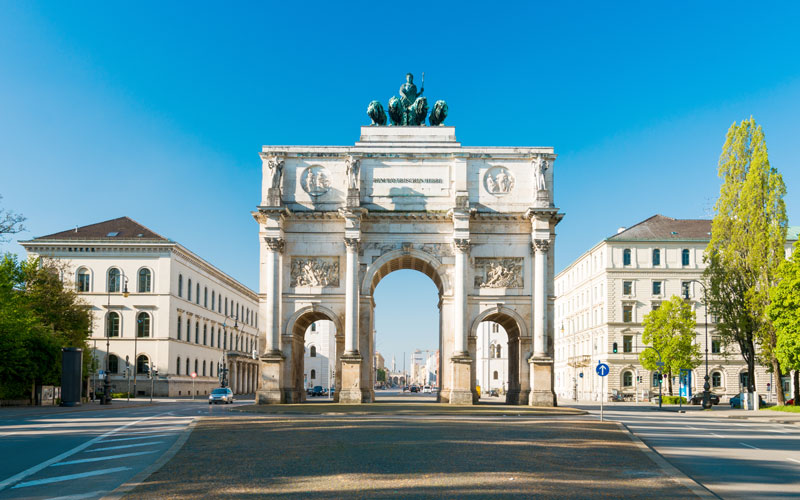
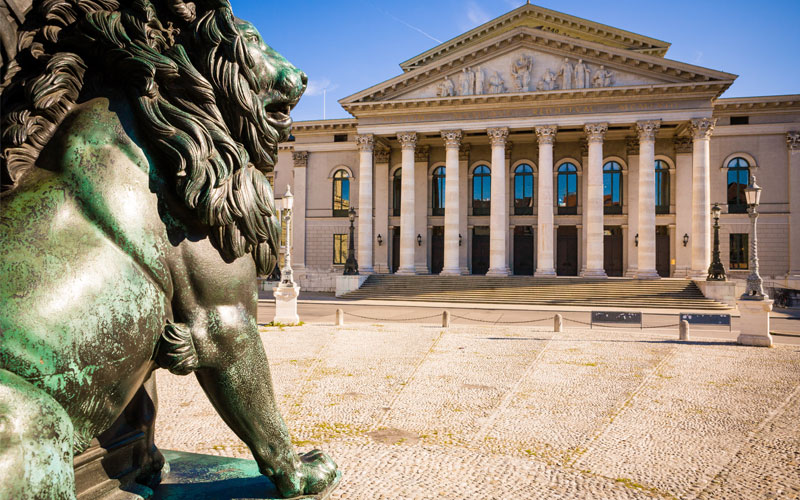
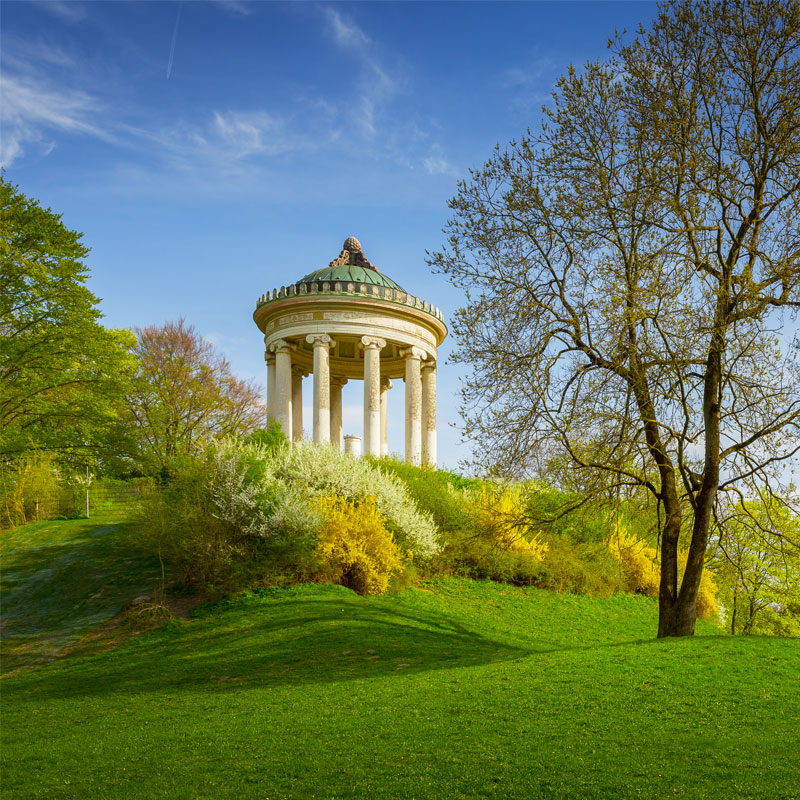
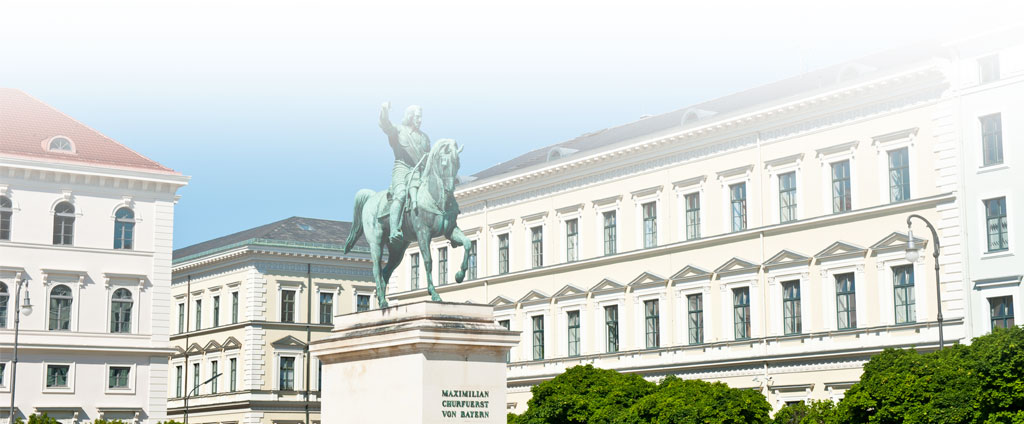
Still questions?
Write to me or just call me:
Grit Ranft
and the Dachau Concentration Camp Memorial

